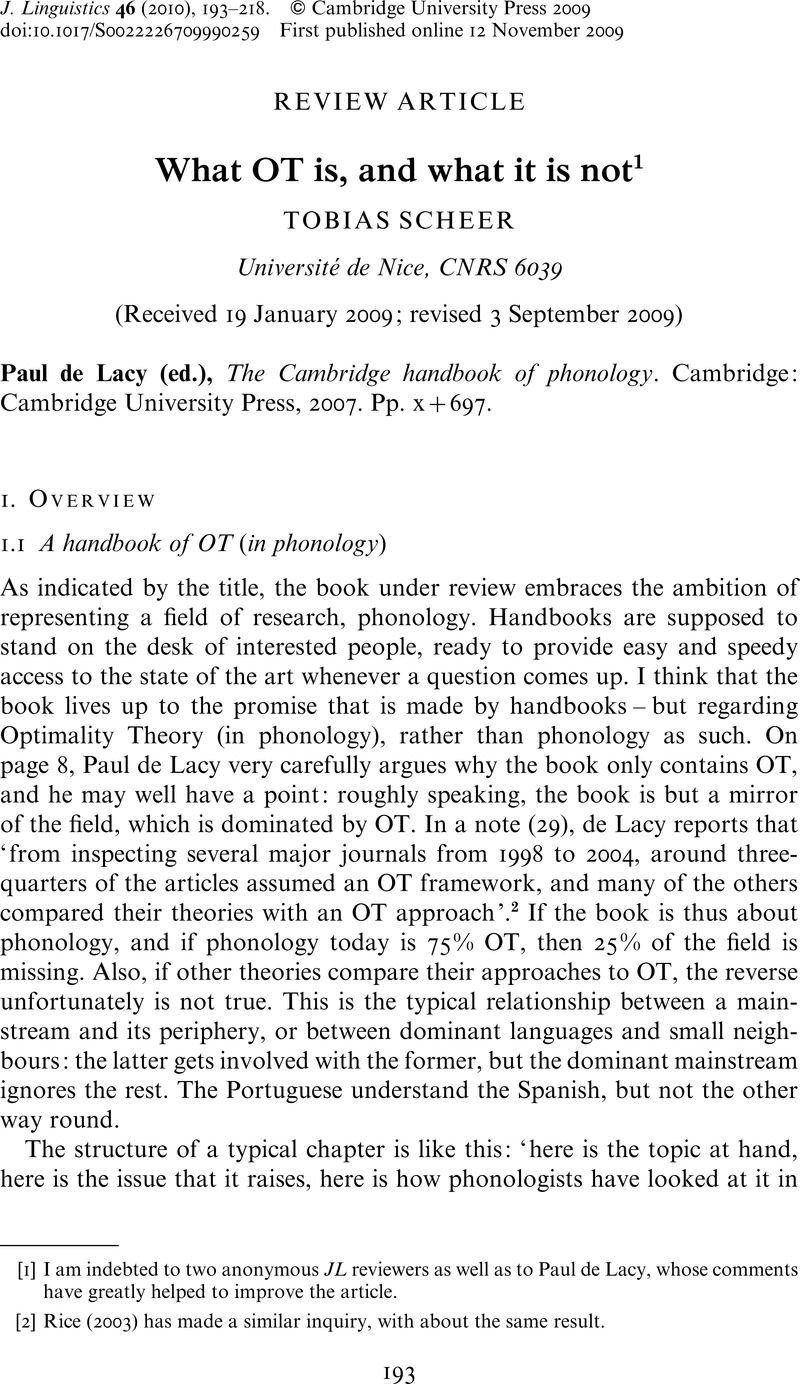Crossref Citations
This article has been cited by the following publications. This list is generated based on data provided by Crossref.
SCHEER, TOBIAS
2012.
Invariant syllable skeleton, complex segments and word edges.
Journal of Linguistics,
Vol. 48,
Issue. 3,
p.
685.
Chabot, Alex
2023.
Prosodic strength in Campidanese Sardinian as Substance-Free Phonology.
Phonology,
Vol. 40,
Issue. 3-4,
p.
197.



